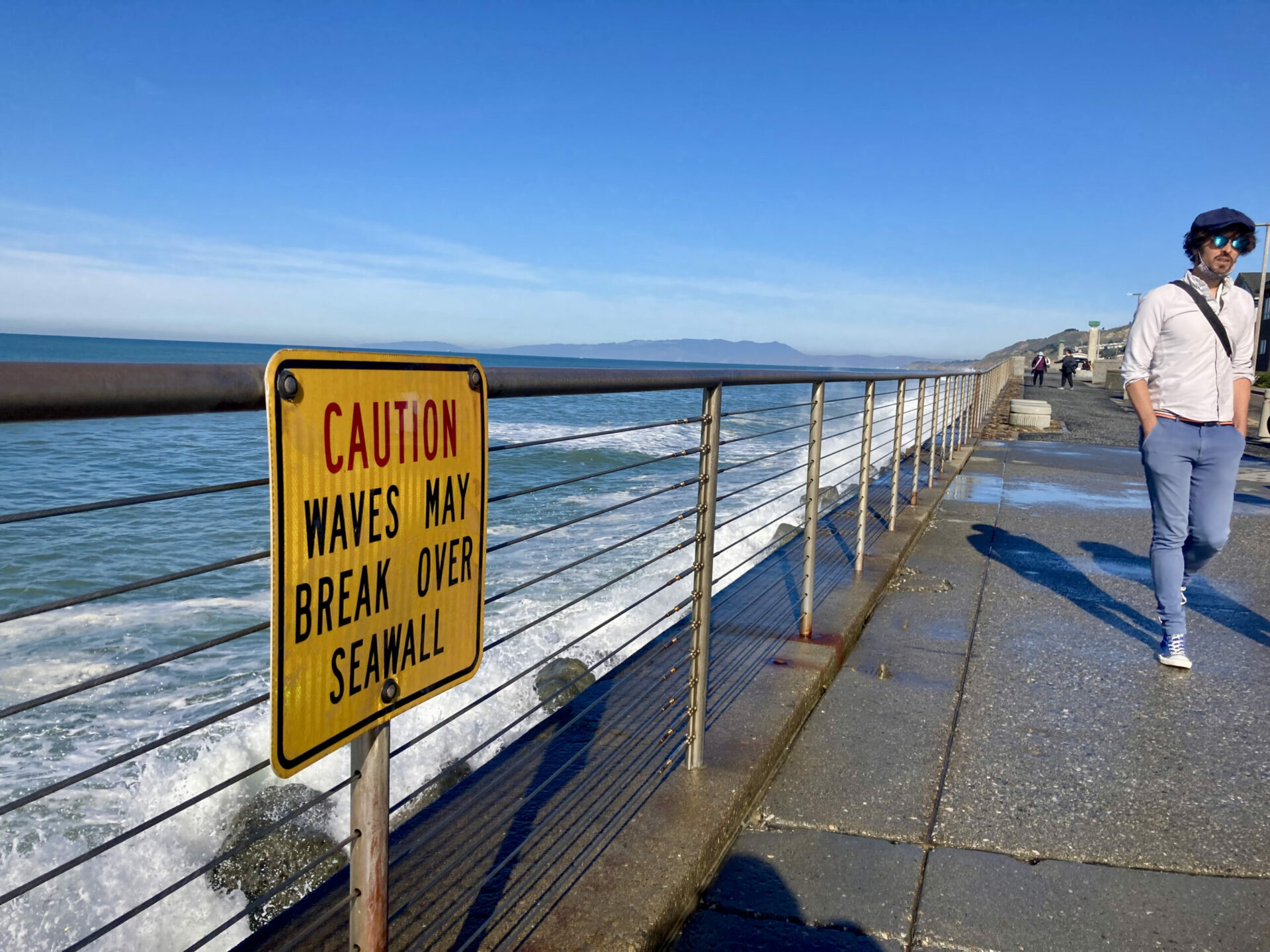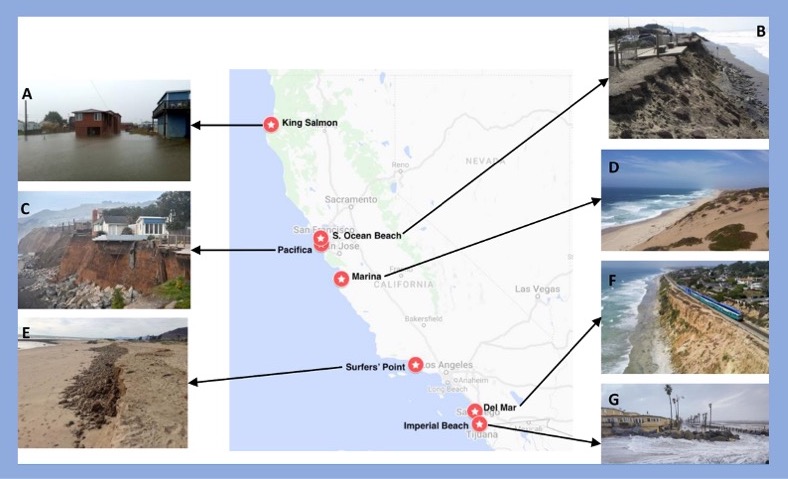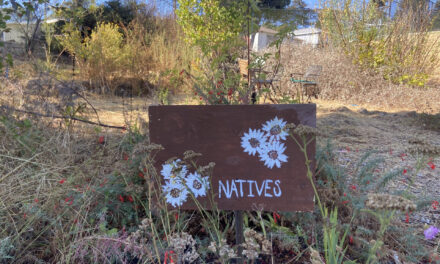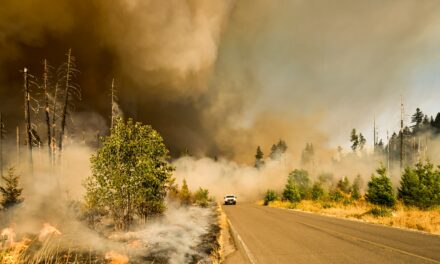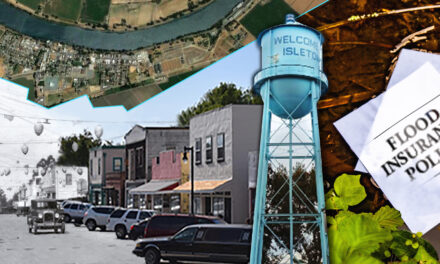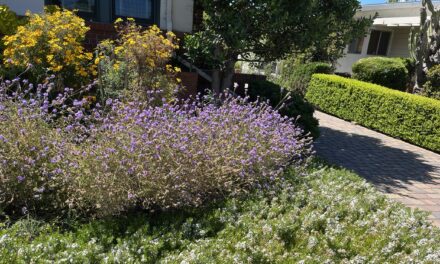Retreat By Any Other Name
To prepare for the ocean moving in, many waterfront structures will have to move out. But don’t call it “managed retreat.”
It’s one of many conclusions a group of scientists drew from a study of how seven Californian towns and cities tried to plan for rising seas, with wildly different results.
“Retreat can conjure failure, and nobody wants to be managed,” explained the study’s corresponding author Amanda Stoltz at the California Social Coast Forum this March. Part of the problem is the term itself. One Pacifica resident quoted in the study commented, “Managed retreat’ is a code word for give up — on our homes and the town itself.”
Managed retreat from sea level rise, or planning to move property and infrastructure to higher ground, elicited strong opposition from four of the communities Stoltz and her coauthors examined. But the practice was accepted, even embraced, in three others.
The seven locations where a team of scientists examined reactions to managed retreat planning. Source: Stoltz et al., 2021.
Affluence often aligns with stronger resistance to relocation. But an even stronger factor could be how much private versus public land is imperiled. In wealthy San Francisco, a lengthy process of negotiation triumphed with a plan for managed retreat of a beloved public beach, while residents of the remote northern town of King Salmon rallied against the suggestion of relocating from their homes. Nearly three-quarters of the town qualifies as “economically disadvantaged” by federal criteria.
Acceptance of managed retreat also hinged on how early in the planning process community members were consulted. Consistent communication reaped fruitful agreements in places like Marina in Monterey County, but fell through in Imperial Beach near San Diego, where fearful, conspiracy-tinged messaging infected the discourse faster than local officials could get ahead of it.
The importance of language choice cropped up in almost every location. One conservative retreat-resistant town had residents who didn’t approve of the term “sea-level rise,” although they acknowledged that flooding had grown vastly more common over time. In Del Mar, a wealthy seaside enclave with a renowned racetrack, the term “managed retreat” was scrubbed from the policy docket after vociferous public opposition — yet part of their adaptation plan states, with no apparent trace of irony, that they will monitor flooding frequency to determine whether it “is becoming unsustainable to rebuild in the same location.”
Since the study was published, Stoltz has noticed more chatter about managed retreat (or ‘graceful withdrawal,’ as she suggests calling it.) A recent bill supporting revolving loan funds for municipalities to buy threatened properties died on the governor’s desk, with Newsom insisting on a more integrated state-level approach to the issue. Regardless of how sea-level rise policy progresses, Stoltz hopes that planners will take note of their neighbors’ early successes and failures as more municipalities confront what to do about the half-million California homes in the path of the rising sea.
“You can’t just go in with solutions and think that they’re going to be accepted,” she says. “Even if the science is really strong.”
Other Recent Posts
Who Will Inherit the Estuary? Training for a Rough Future
The six-month program teaches students aged 17 -24 about the challenges facing communities around the SF Estuary, from Stockton to East Palo Alto.
Split Verdict Over State of the Estuary
Habitat restoration and pollution regulations are holding the Bay steady, but the Delta is losing some of its ecological diversity, says SF Estuary Partnership scorecard.
Volunteers Catch and Release Tiny Owls For Science
In Santa Rosa, citizen scientists capture northern saw-whet owls to help further research on climate impacts to the bird.
Antioch Desalination Plant Could Boost Local Water Supply
The $120 million plant opened this fall and treats 8 million gallons of brackish water a day, 75% of which is drinkable.
How Cities Can Make AI Infrastructure Green
Data centers fueling AI can suck up massive amounts of energy, water and land, but local policies can mitigate the impact.
What to Know about PFAS in Tri-Valley Water
In this nonfiction comic, explore how the city of Pleasanton is dealing with PFAS- contaminated groundwater.
ReaderBoard
Once a month we share reader announcements: jobs, events, reports, and more.
Artist Repurposes Shoreline Detritus
Courtney Griffith scours beaches and parks for everything from plastic to charcoal, mangled ropes and burnt wood to use in her work.
After The Fire: Scenes from Chinese Camp
One of California’s oldest Gold Rush settlements takes stock after a devastating fire — a photo essay.
Youth Group Tackles Heat Islands in Santa Rosa
A new youth advisory team convened by the Greenbelt Alliance and Latino Service Providers is exploring heat disparities in southwest Santa Rosa.






